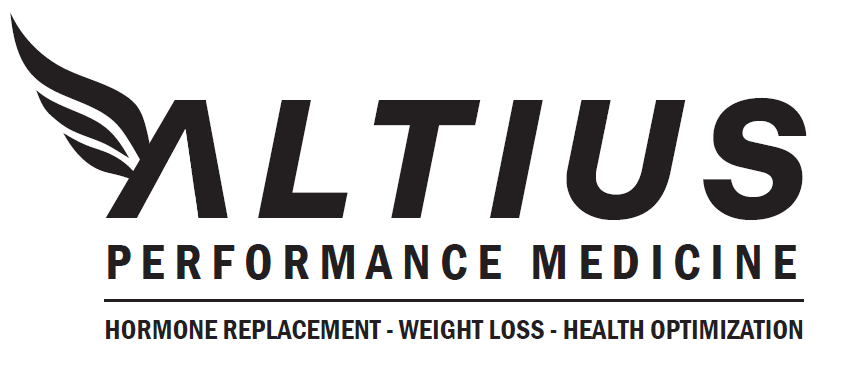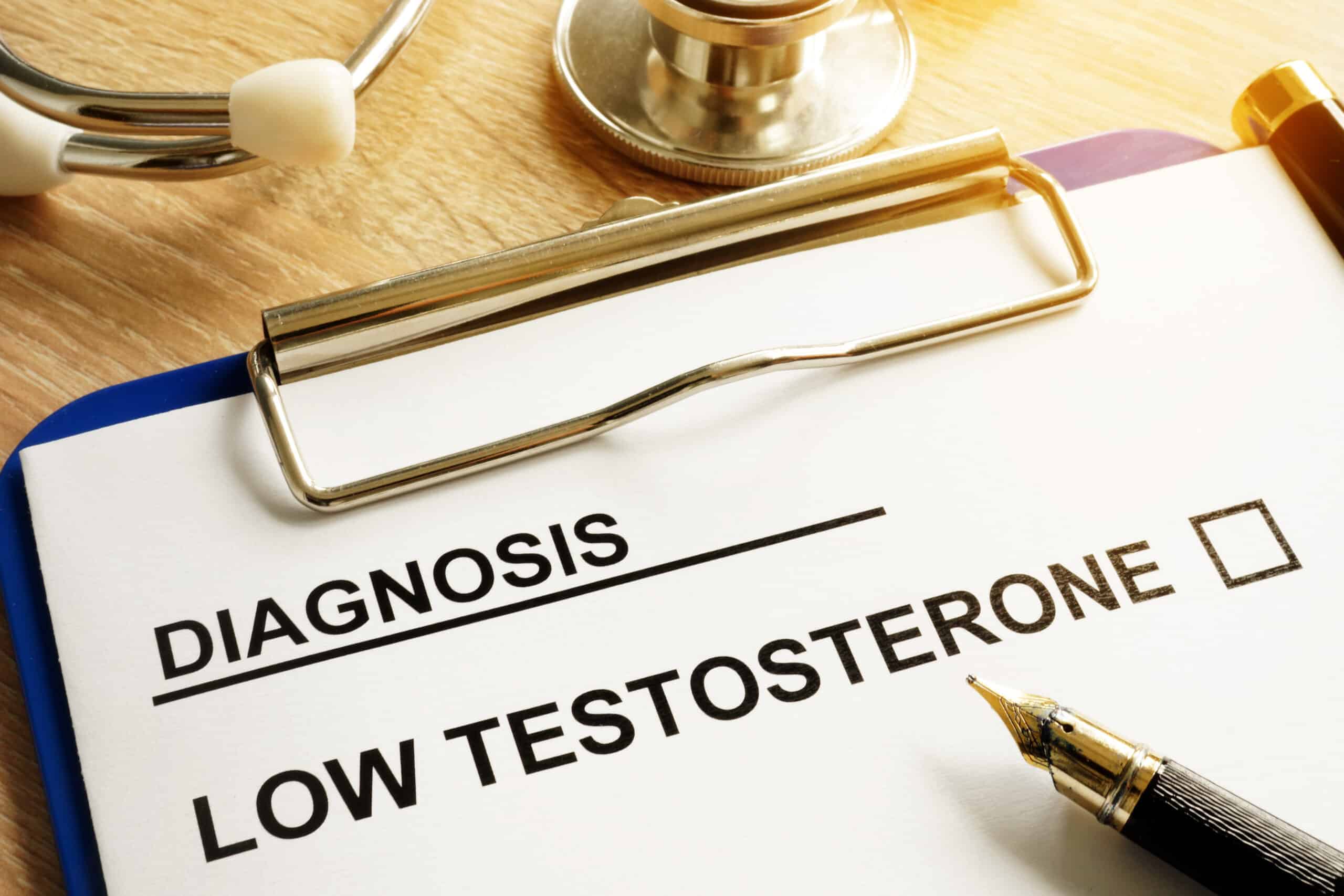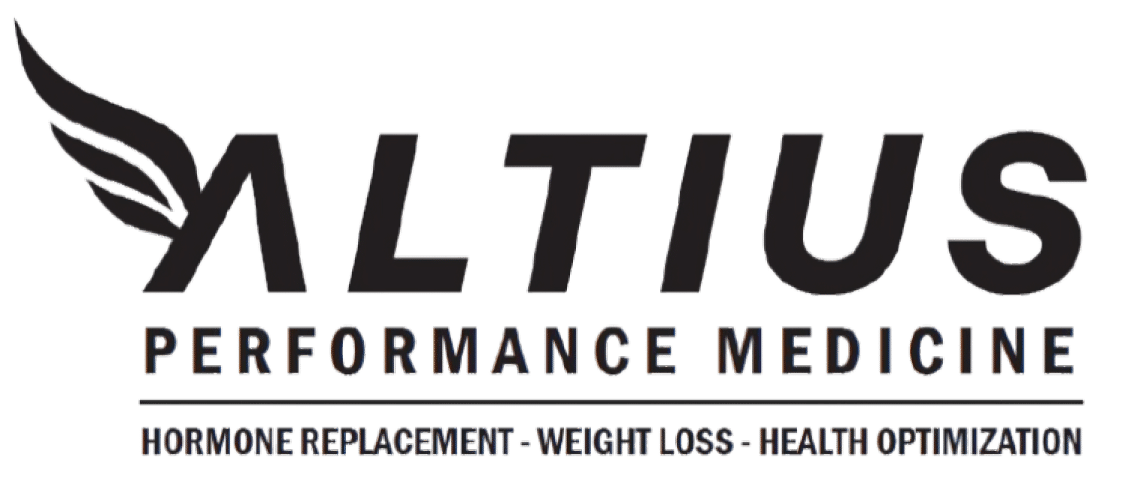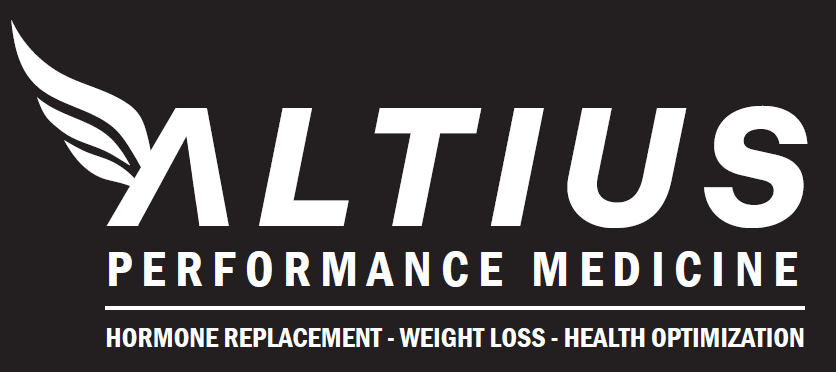What Every Woman Needs to Know About Low Testosterone and Its Effects
Low testosterone (Low T) is a condition commonly associated with men, but it can also significantly impact women’s health. While testosterone is often considered a male hormone, it plays a crucial role in a woman’s well-being, contributing to muscle strength, bone density, sexual function, and mood regulation. When testosterone levels drop, women may experience symptoms such as fatigue, decreased libido, mood swings, muscle weakness, and sleep disturbances. These symptoms can affect overall quality of life, and recognizing them is the first step toward addressing the issue.
At Altius Performance Medicine, we understand the unique needs of women experiencing hormone imbalances. We offer comprehensive evaluations and personalized treatment plans to help women manage low T and restore their health. Our experts are here to guide you through every step, from diagnosis to treatment, ensuring that you regain your energy, vitality, and well-being.
In this article, we will answer all your questions about low T in women, including causes, symptoms, diagnosis, treatment options, and more.
What is Testosterone and Why is it Important for Women?
Testosterone is a steroid hormone that plays a crucial role in both men and women, although it’s often labeled as the “male hormone.” In women, testosterone is primarily produced in the ovaries and adrenal glands, but in smaller amounts compared to men. Despite its lower levels, testosterone is essential for a variety of vital functions in a woman’s body. It contributes to muscle strength, bone density, mood regulation, and sexual function. Additionally, it plays a key role in maintaining a healthy libido and supports cognitive function, including memory and concentration.
Testosterone levels in women typically peak in their 20s and gradually decline with age, especially during perimenopause and menopause. However, some women experience a more significant drop in testosterone earlier in life due to factors like medical conditions, medications, or stress. This decline can lead to a range of symptoms such as fatigue, decreased libido, muscle weakness, and mood changes, highlighting the importance of maintaining balanced testosterone levels for overall well-being.
What Causes Low T in Women?
Low testosterone in women can occur due to a variety of factors, and understanding the underlying causes is essential for effective treatment. Testosterone is a crucial hormone for women’s health, supporting vital functions like energy levels, mood regulation, muscle strength, and sexual desire. When these levels drop, it can lead to significant health challenges. While testosterone naturally decreases as women age, particularly during perimenopause and menopause, there are several other factors that can contribute to lower levels. Conditions such as polycystic ovary syndrome (PCOS), stress, or adrenal dysfunction, as well as certain medications, can disrupt testosterone production. Understanding these causes helps pinpoint the right approach to restoring hormonal balance and improving quality of life. In this section, we will explore the most common causes of low testosterone in women.
-
Aging: As women age, particularly during perimenopause and menopause, their testosterone levels naturally decline. This reduction is part of the broader hormonal changes that occur during these stages of life.
-
Ovarian Disorders: Conditions that affect the ovaries, such as polycystic ovary syndrome (PCOS), can lead to hormone imbalances, including low testosterone.
-
Adrenal Gland Dysfunction: The adrenal glands produce a small amount of testosterone. If the adrenal glands are underactive or dysfunctional, this can lead to a reduction in testosterone levels.
-
Medications: Certain medications, including oral contraceptives and hormone replacement therapy, can interfere with testosterone production in women.
-
Chronic Stress: Stress increases the production of cortisol, a hormone that can interfere with the production of other hormones, including testosterone.
-
Hypopituitarism: This rare condition involves underproduction of hormones by the pituitary gland, which can affect testosterone levels in women.
-
Other Medical Conditions: Conditions like diabetes, obesity, and hypothyroidism can contribute to low T levels in women.
How Do I Know if I Have Low T?
Diagnosing low testosterone in women can be tricky, as its symptoms often overlap with those of other conditions like menopause, depression, and thyroid disorders. The signs of low T are not always immediately obvious, and many women may attribute them to aging or other health issues. This makes it important to pay attention to persistent symptoms that affect daily life. Common indicators of low testosterone include fatigue, decreased libido, muscle weakness, mood changes, and sleep disturbances. However, these symptoms can also be linked to a range of other factors, making it essential to consult with a healthcare provider for proper testing and diagnosis. If you’re experiencing any of these issues, it’s worth considering a hormone evaluation to determine if low testosterone is the underlying cause. However, common signs and symptoms of low T in women include:
- Fatigue: Feeling tired or sluggish, even after a good night’s sleep.
- Decreased Libido: A noticeable drop in sexual desire or interest.
- Muscle Weakness: Experiencing a loss of strength or difficulty building muscle.
- Mood Changes: Increased irritability, anxiety, or depression.
- Weight Gain: Unexplained weight gain, especially around the abdomen.
- Bone Loss: Decreased bone density, which can lead to osteoporosis.
- Sleep Disturbances: Difficulty falling asleep or staying asleep.
- Memory Problems: Cognitive issues, such as forgetfulness or difficulty concentrating.
If you are experiencing any of these symptoms, it’s essential to speak with a healthcare provider who can evaluate your testosterone levels through blood tests.
How is Low T in Women Diagnosed?
Diagnosing low testosterone (Low T) in women requires a thorough evaluation by a healthcare provider, as the symptoms can be subtle and often mimic other conditions. A comprehensive diagnosis involves a combination of understanding your symptoms, medical history, and conducting specific tests to measure hormone levels. Since low T shares common symptoms with other hormonal imbalances, such as thyroid disorders or menopause, it’s crucial to rule out other potential causes. Blood tests to measure testosterone levels are key to confirming the diagnosis, but timing of the tests is important, as testosterone levels can fluctuate throughout the day. By consulting with a healthcare professional, you can get an accurate diagnosis and begin exploring treatment options tailored to your individual needs. To diagnose low testosterone in women, a healthcare provider will typically perform the following:
-
Medical History Review: Your doctor will ask about your symptoms, medical history, and any medications you are taking.
-
Physical Examination: A physical exam will help identify any signs of low testosterone, such as muscle weakness, bone thinning, or hair loss.
-
Blood Tests: A blood test to measure testosterone levels is crucial for diagnosing low T. However, it’s essential to note that testosterone levels fluctuate throughout the day, so your healthcare provider may recommend testing at specific times for the most accurate results.
-
Additional Tests: Depending on your symptoms and medical history, your provider may order tests to check for underlying conditions, such as thyroid dysfunction or adrenal gland issues.
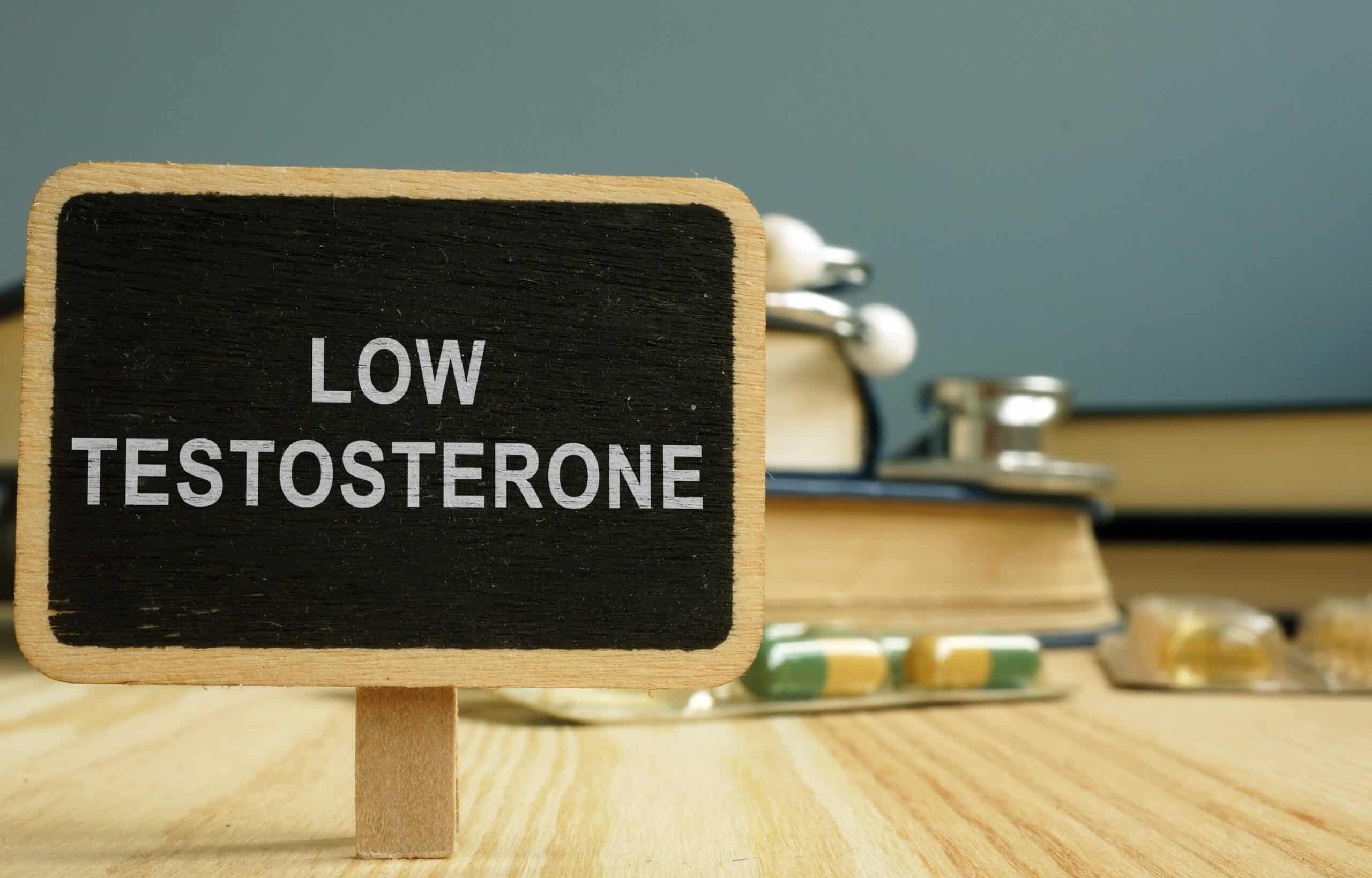
What are The Treatment Options for Low T in Women?
If you’ve been diagnosed with low testosterone, you’re not alone, and there are several treatment options available to help manage the condition and improve your quality of life. The right treatment will depend on the severity of your symptoms, your overall health, and the underlying cause of your low testosterone levels. Fortunately, there are both medical and lifestyle-based approaches to restoring hormone balance. Testosterone replacement therapy (TRT) is often a primary treatment, but it’s not the only option. A combination of medication, lifestyle changes, and addressing any underlying health conditions may be necessary for optimal results. In this section, we will explore the various treatment methods for low T in women, so you can make an informed decision about the best approach for your health and well-being.
-
Testosterone Replacement Therapy (TRT): Testosterone replacement therapy is the most direct treatment for low T. It can be administered in several ways, including:
- Topical creams or gels: These are applied to the skin and absorbed into the bloodstream.
- Testosterone patches: Worn on the skin for continuous absorption.
- Injections: Administered directly into the muscle, typically on a bi-weekly or monthly basis.
- Pellet therapy: Small pellets are implanted under the skin, releasing testosterone gradually over time.
-
Lifestyle Changes: In addition to testosterone therapy, making healthy lifestyle changes can help improve testosterone levels naturally. These include:
- Regular Exercise: Strength training and cardiovascular exercise can help boost testosterone production.
- Healthy Diet: A balanced diet rich in healthy fats, proteins, and vitamins can support hormone production.
- Stress Management: Managing stress through mindfulness, meditation, or relaxation techniques can help maintain balanced hormone levels.
-
Treating Underlying Conditions: If an underlying health condition, such as PCOS, hypothyroidism, or adrenal dysfunction, is causing low T, addressing the root cause can help restore hormone balance.
-
Alternative Therapies: Some women explore alternative treatments, such as herbal supplements or acupuncture, to help manage symptoms. While the effectiveness of these therapies is still being studied, some women report benefits.
What are The Risks and Considerations of Testosterone Therapy for Women?
Testosterone replacement therapy (TRT) can be an effective treatment for managing low testosterone in women, but it’s important to be aware of potential risks and side effects. While many women experience significant benefits from TRT, some may develop side effects. Common side effects associated with testosterone therapy include acne or oily skin, which may occur as the body adjusts to increased testosterone levels. Excessive hair growth, particularly on the face or body, is another possibility. Some women may also notice a deepening of their voice, although this is a less common side effect. Additionally, mood swings, irritability, or even aggressive behavior can occur in some individuals.
These side effects are typically more common in women using higher doses of testosterone, which is why proper dosing and monitoring by a healthcare provider are crucial. Regular check-ups allow for adjustments in dosage and help minimize the risks. It’s important to work closely with a healthcare professional to ensure the therapy is both safe and effective for you.
When Should I See a Doctor?
If you suspect you have low testosterone, it’s important to consult with a healthcare provider as soon as possible. Low testosterone can affect many aspects of your health, including energy levels, mood, libido, and even cognitive function. If you are experiencing symptoms like fatigue, decreased libido, muscle weakness, mood swings, or difficulty sleeping, it may be time to seek medical advice. A doctor who specializes in hormone therapy or women’s health will be able to assess your symptoms, review your medical history, and recommend the appropriate tests, such as blood tests, to evaluate your hormone levels.
Early diagnosis and intervention are key to managing low testosterone effectively. The sooner you address the issue, the sooner you can begin treatment to restore balance and improve your overall well-being. A healthcare provider will guide you in understanding your options, including testosterone replacement therapy and lifestyle changes, and help you find a personalized treatment plan that works for your needs. Don’t wait—seek professional help to regain control of your health.
Get Help with Low Testosterone at Altius Performance Medicine
Low testosterone in women is often an overlooked condition that can have a significant impact on your health and overall well-being. Symptoms like fatigue, low libido, mood swings, and muscle weakness can be signs that your testosterone levels are out of balance. If you’re experiencing any of these issues, it may be time to consider testing for low T.
At Altius Performance Medicine, we specialize in providing comprehensive consultations and personalized treatment options for women dealing with hormone imbalances. Our team of experts will work closely with you to assess your symptoms, run the necessary tests, and determine if low testosterone is the cause. We offer tailored solutions to help restore your hormone balance and improve your health, energy, and vitality. Whether through testosterone replacement therapy, lifestyle changes, or other approaches, we’re committed to helping you feel your best. Take control of your health today and schedule a consultation with us to explore your options for treatment.
Get a Free Consultation Today!
Take the first step toward feeling your best. Contact us now to schedule your free consultation.
Text Us: 737-256-7834
Phone: 737-256-7834
Fax: 737-256-7789
Email: [email protected]
Open Hours:
Mon – Fri: 9 AM to 5 PM
Don’t wait—regain your energy, vitality, and overall well-being with the help of Altius Performance Medicine!
